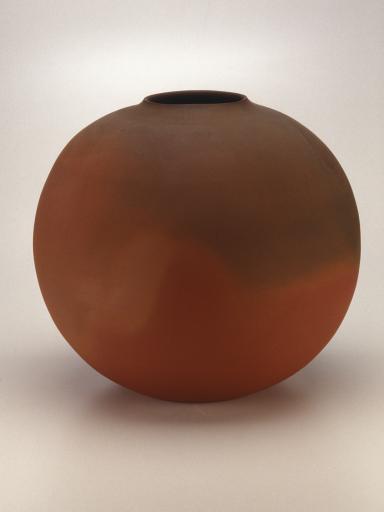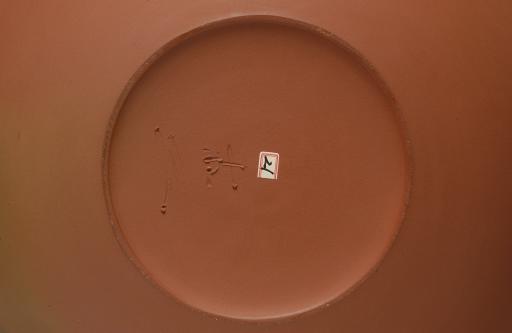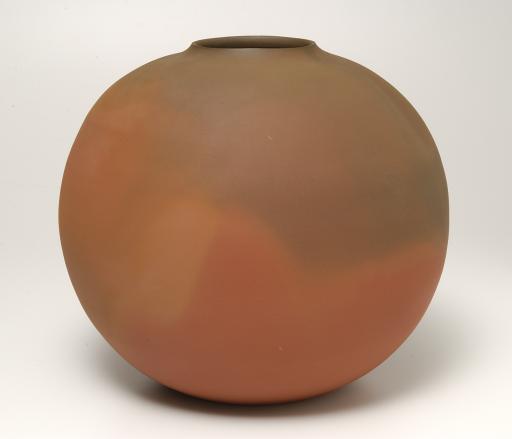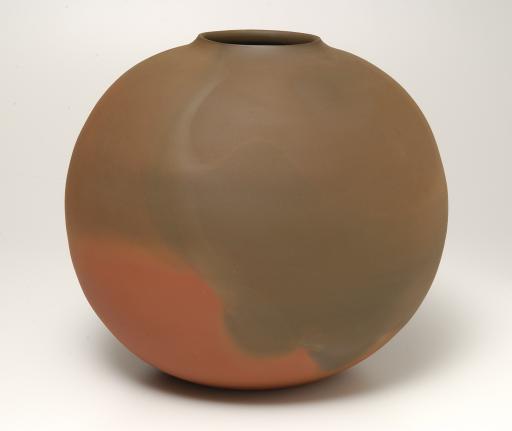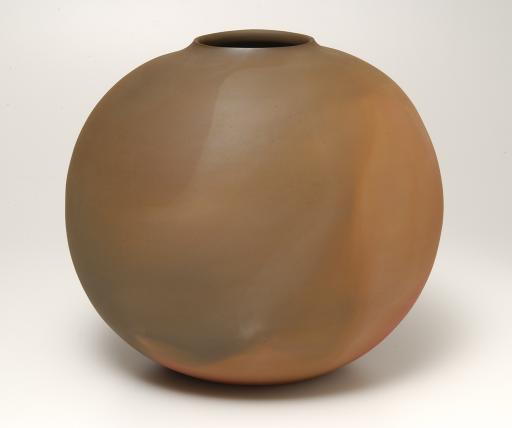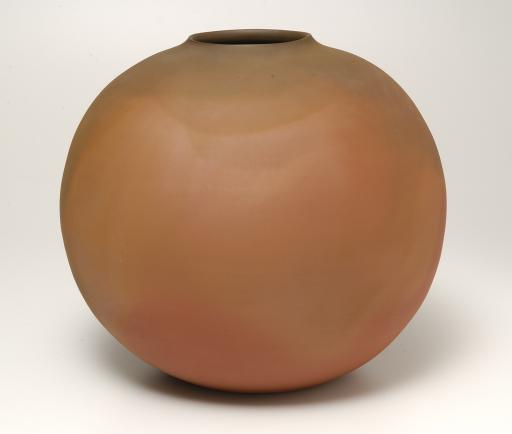tsubo, Itō Sekisui V
Artwork Overview
Itō Sekisui V, artist
born 1941
tsubo,
mid-late 1900s
Where object was made: Japan
Material/technique: stoneware
Dimensions:
Object Height/Diameter (Height x Diameter): 35.5 x 39.7 cm
Object Height/Diameter (Height x Diameter): 14 x 15 9/16 in
Object Height/Diameter (Height x Diameter): 35.5 x 39.7 cm
Object Height/Diameter (Height x Diameter): 14 x 15 9/16 in
Credit line: Museum purchase: Friends of the Art Museum
Accession number: 1989.0018
Not on display
If you wish to reproduce this image, please submit an image request
